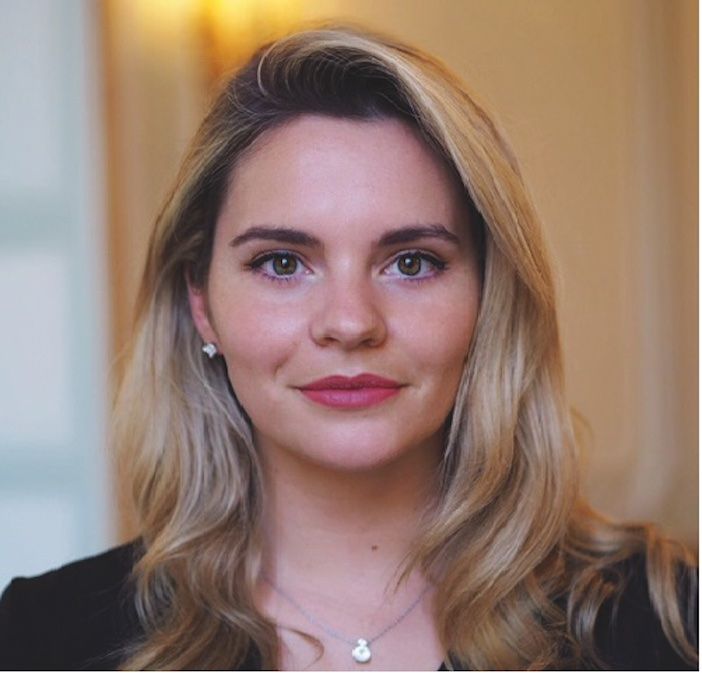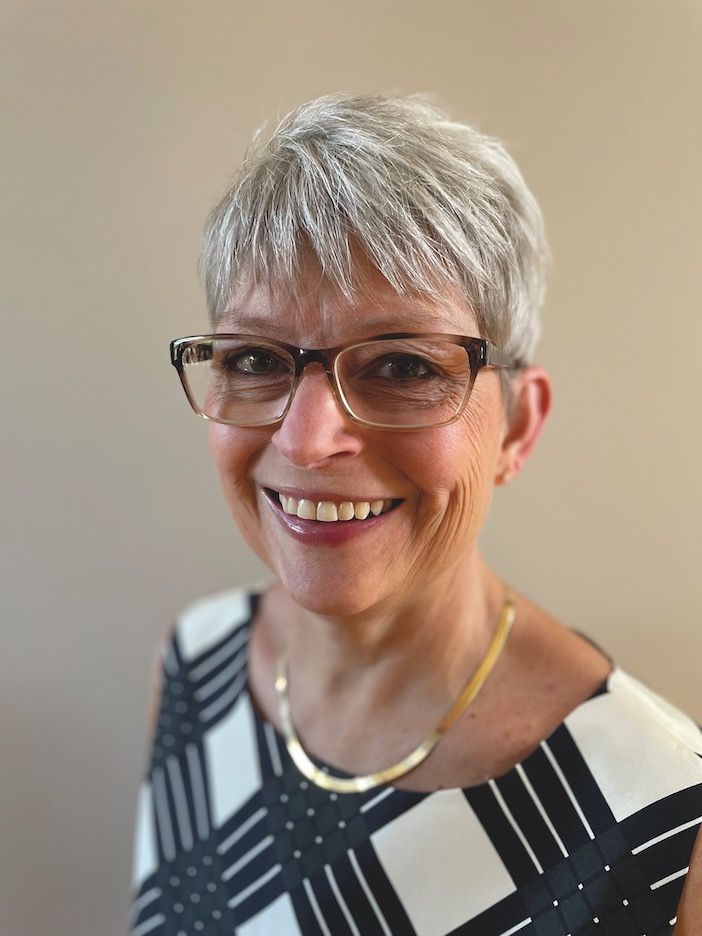by Victoria Hart
According to recent reports by the USA’s Census Bureau and professional body Engineering UK, an average of just 14% of engineers in the aerospace industry are female.
Enter 30-year-old Hannah Swindell, head of strategic development – air sector technologies at aerospace and defense company BAE Systems.
Swindell studied Aeronautical and Aerospace Engineering at the University of Leeds in the UK, where she found herself in the minority in the lecture theatre. Indeed, recent research from employment lawyer Richard Nelson LLP shows that university engineering courses in the UK attract four times more male applicants than female.
Perhaps even more shocking is the fact that despite the still hugely male bias in 2021, that ratio is nonetheless a 96% increase in female applications compared with a decade earlier.
As Swindell says of her time at university: “Friends and fellow students would laugh, ask me to repeat what I am studying and tell me I didn’t look like someone who would be doing that course.”
Swindell says that she occasionally still experiences similar reactions today in the professional world. “You would think that our generation you would not really hear that sort of thing – and I do hear such comments much less frequently now. But even to this day, I meet new people and they are surprised I am an engineer.”

Swindell recollects a recent BAE Systems education program, during which they asked primary school students to draw an engineer. “They always sketch a man with a spanner,” she says, “And as they draw, I am stood in front of them with my blonde hair and heels on.”
The attitude challenge
The changing of attitudes to encourage more female engineers needs to be done while children are at school, Swindell believes. “We explain to the children what different engineering roles can be, and afterwards we get them to trial several science, technology, engineering, and mathematics-related tasks,” Swindell says.
“When asked to repeat drawing exercises, the children thankfully produce very different results. Sometimes they will draw me or sometimes they will draw themselves as an engineer, which is even better.”
Make no mistake – the idea about who can be an engineer is a global problem, but Rhonda Staudt, co-founder and HTPEM FC chief engineer at aircraft hydrogen fuel cell developer Hypoint, says things are improving in the USA.
“Even back in the 1980s there was a push to get women into the right education across the engineering and sciences field. And now it’s about focusing on children in elementary and high school. The STEM programs in the USA are thankfully now being pushed at younger and younger children.”
Perseverance, bravery, and autonomy over ability were topics of discussion during Aerospace Testing International’s investigation into the representation of women in engineering.
“I’ve always been fortunate in that my attitude is to seek and find,” says Staudt. “It is my responsibility. I have got to find the organization that fits me.
“Sometimes you have to poke and pull any young talent because there is talent there. There is a voice to be heard.”
Staudt believes attitudes towards women are changing across the industry. She says, “I think there are places where women’s impact can be felt more immediately, and we have come a long way. But the best thing the industry can do is to invest backwards, invest at the beginning.”

A dream to fly
Dr Susan Ying, senior vice president of global partnerships at electric aircraft company Ampaire, agrees with Staudt. Ying stumbled across a small flight school while at Cornell University in the late 1970s and it was a life-defining moment.
“First of all I thought you had to be male to fly,” Ying says. On learning that she could in fact take the controls, Ying embarked on her dream to fly, a decision that shaped her entire career trajectory in aircraft design. Since then, she has worked for Boeing, NASA, and the Commercial Aircraft Corporation of
China (COMAC), a career spanning 38 years and counting.

“I think we are really doing a lot more to encourage women to become engineers than we ever did before,” says Ying. “But we still need to highlight women who could be role models. Role models are needed for the next generation to feel engaged. We can push further; there’s more we can do.
“A few years ago, I did a presentation about an electric hybrid aircraft that was able to give a performance increase of 50%,” Ying says. “It was true – the aircraft was 50% more efficient – we proved the figures during testing. But this guy in the audience stood up in the middle of the meeting and accused me of lying. I never lie,” says Ying. “My skin is pretty thick after so many years, but I can imagine that if something like happened to a younger woman, I pray to God that she would stick with her work and not be discouraged.”
Setting targets
Recruitment drives aimed at increasing the number of young women entering the aerospace industry are underway, and while 22% of BAE Systems’ current global workforce are women, the company has set out its ambitions to ensure that at least 30% of its staff are female by 2030 at the latest.
The current percentage is, acknowledges Swindell, “a product of the fact that there aren’t enough women coming through the educational system”.
“We need to make sure that there are actually women available as an option,” she says.
However, while the recruitment of more young female aerospace engineers is welcome, some say current efforts to recruit young women into aerospace engineering are insufficient. “The industry is in a better place than it was several years ago,” says Ying. “But when I was at Boeing, where I worked for about 20 years, I went out every year to recruit for the company. We recruited women, but we are not doing a good job retaining them.”
For a young female engineer, being a minority can take its toll. Swindell refers to experiencing “imposter syndrome”, especially at the outset of her career.
“Over the years, I have had coaching through the courses and programs that BAE Systems have put me through, so now I have the confidence in myself to believe I am good at my job,” says Swindell. “But altogether, we need to get better at communicating what we are doing.
“We need to remove the barrier around what goes on in the background with things like career progression and make it a bit more transparent,” she adds. “Let’s highlight what positive action BAE Systems is doing in terms of diversification so that people don’t leap to negative conclusions all the time.”
Staudt highlights a fundamental fact – that perhaps surmounting male dominance of engineering is difficult while the top roles are all fulfilled by males. “Most of my mentors were men,” she says, recalling her first mentor, a chief engineer at Xerox. “Although he did inspire me to help make a change.”
Swindell agrees, “Change has to come from men at the moment as it is men driving the industry, but I will say that pretty much every woman in this industry is doing something. We are all trying to blaze a path for the next generation.”
Staudt talks of “old-boys networks” that she hopes one day will no longer exist, but does hope that one day “maybe we’ll get some old-women networks going”.
With numerous youth groups now promoting Science Technology Engineering and Mathematics subjects, perhaps the sector can soon change the trajectory of its employment trends. And with vocal supporters in the industry, the challenge to increase the number of women can be met.





